An extremely sensitive ePHI (electronic protected health information) is at risk. It is used by almost every clinic and hospital in various digital systems. Physicians and pharmacists use EHRs (electronic health records) and other software working with medical information. And this data is a very tempting target for hackers.
Let's take a look at what healthcare providers should be concerned about and how to protect patient data from cybercriminals. 
Due to the nature of medical data, cybersecurity in healthcare has become quite a challenge. For example, you can block a stolen bank card and get a new one. However, if the information about laboratory tests or diseases is leaked, it is impossible to “cancel” it. In addition, failures in clinical electronic systems endanger a patient's health and potentially even their life.
It has become more difficult because now there are so many networks and digital complexes in any clinic or hospital: EHRs, e-prescribing and decision support systems, intelligent heating, ventilation, and air conditioning (HVAC), infusion pumps, medical internet of things (IoMT) devices, etc. All of them can be threatened by cybercriminals.
Healthcare providers must also protect patient privacy, by providing quality care and complying with HIPAA, GDPR and other regulations. It makes it harder to implement security measures, and cybercriminals rush to take advantage of it.
According to Deloitte experts and other cybersecurity consultants, the following threats are primary concerns for healthcare facilities:
• Phishing
• Man-in-the-middle (MITM) attacks
• Attacks to network vulnerabilities
• Ransomware
So what can healthcare do to prioritize cyber threat prevention? Here are some safety measures that can be taken and are aimed to secure ePHI by protecting devices, digital systems, networks and data from attacks:
1. Personnel Training
2. Data Usage Control
3. Monitoring of Mobile and Connected Devices
A proactive approach to privacy and information protection is expressed in creating an incident response plan with clear roles and responsibilities, regular risk assessments and the implementation of so-called cybersecurity frameworks (CSFs).
The framework focuses on:
• The description of the security situation, target posture and communication risks.
• The definition of methods for fighting cyberthreats.
• A plan of constant improvements.
A framework needs updates and staff learning through the adoption. However, by introducing cybersecurity as a value proposition and creating clear action plans, healthcare organizations can meet cybercriminals fully armed — and give them a worthy response!
Source:



.png?width=1080&name=GOOGLE%20REVIEW%20(1).png)